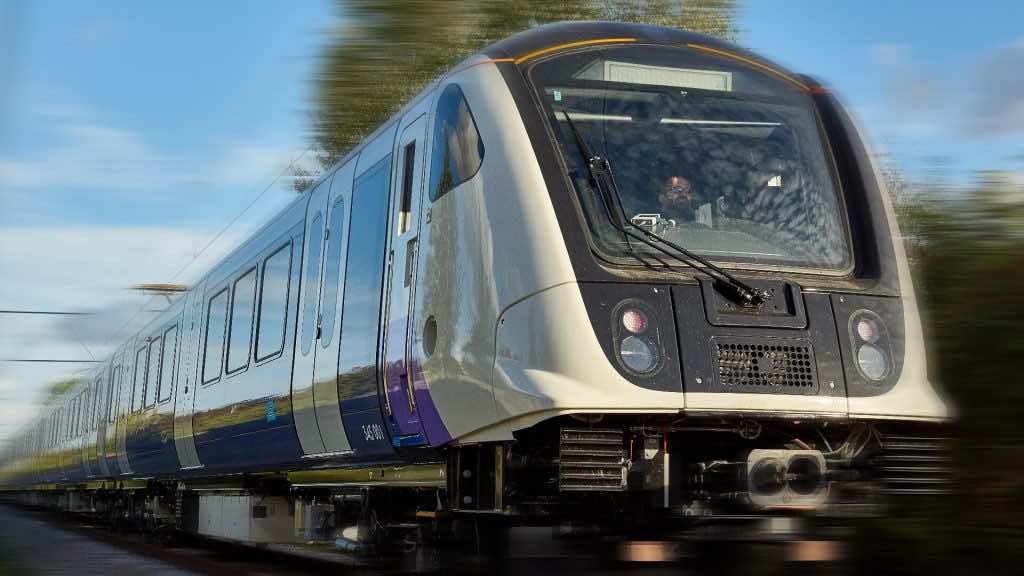Today, London undertakes the century’s most significant development of its public transportation system. The long-awaited £18.9 billion Elizabeth Line, which opened to coincide with Queen Elizabeth II’s 70th year on the monarchy, is much more than just a new railway line.
Crossrail is the fulfilment of a dream that was first proposed in 1941 but would not begin construction until 2009. The heavy rail line will significantly increase public transportation coverage in the city, reducing travel time, adding significant capacity, and making the city more accessible overall. In addition, the line might transform how people travel by extending the transportation system to previously inaccessible places and providing new major hubs for transfers to the Tube.
Hundreds of people withstood the rain to wait for the first train from Paddington into central London on the Crossrail line, which was finally ready for operation a week before the Queen’s golden jubilee celebration.
Cheers greeted the opening of the gates at 6.18 a.m., as Sadiq Khan, the mayor, and Andy Byford, the TfL commissioner, stepped back to enable the first customers to rush past without pausing to clean their feet on the way into the gleaming new station.
Khan expressed himself as “excited – like a little boy on Christmas Eve, waiting for Santa.” The monarch visited Paddington this week, officially opening the line three and a half years after it was first opened.
London landmarks ranging from the London Eye to the Tower Bridge were lighted in purple overnight to commemorate the occasion. Several families had taken their children on a historical tour. However, most people on the platform agreed it was worth the wait.
After decades of planning, the line’s construction began in 2009. The centre portion was supposed to open in 2018, but the overly optimistic schedule collapsed as engineers attempted to build an incredibly complicated railway and ten new stations in central London.
The new route, which runs east-west, should make many London journeys faster. However, until autumn, the Elizabeth line will operate as three different railroads, with travellers on old TfL Rail trains in the west and east changing at Paddington or Liverpool Street stations to proceed on the newly opened centre section.
Commuters are expected to travel to the line after September when trains will travel directly from Shenfield, Reading, and Heathrow to stops around central London. Through services will run the length of the Elizabeth line beginning in May, with up to 24 trains per hour during peak hours.
Having followed a rocky few years, the Elizabeth Line brings another less noticeable asset to London: the reason to be positive. The line will “turbo-charge our recovery from the pandemic,” said Mayor Sadiq Khan, while Byford called it a “game-changer, not just for London, but for the entire UK.”
The Elizabeth Line may not solve all of London’s mobility challenges at once, but despite the project’s delays and cost overruns, its completion shows that the city can still dream big.

